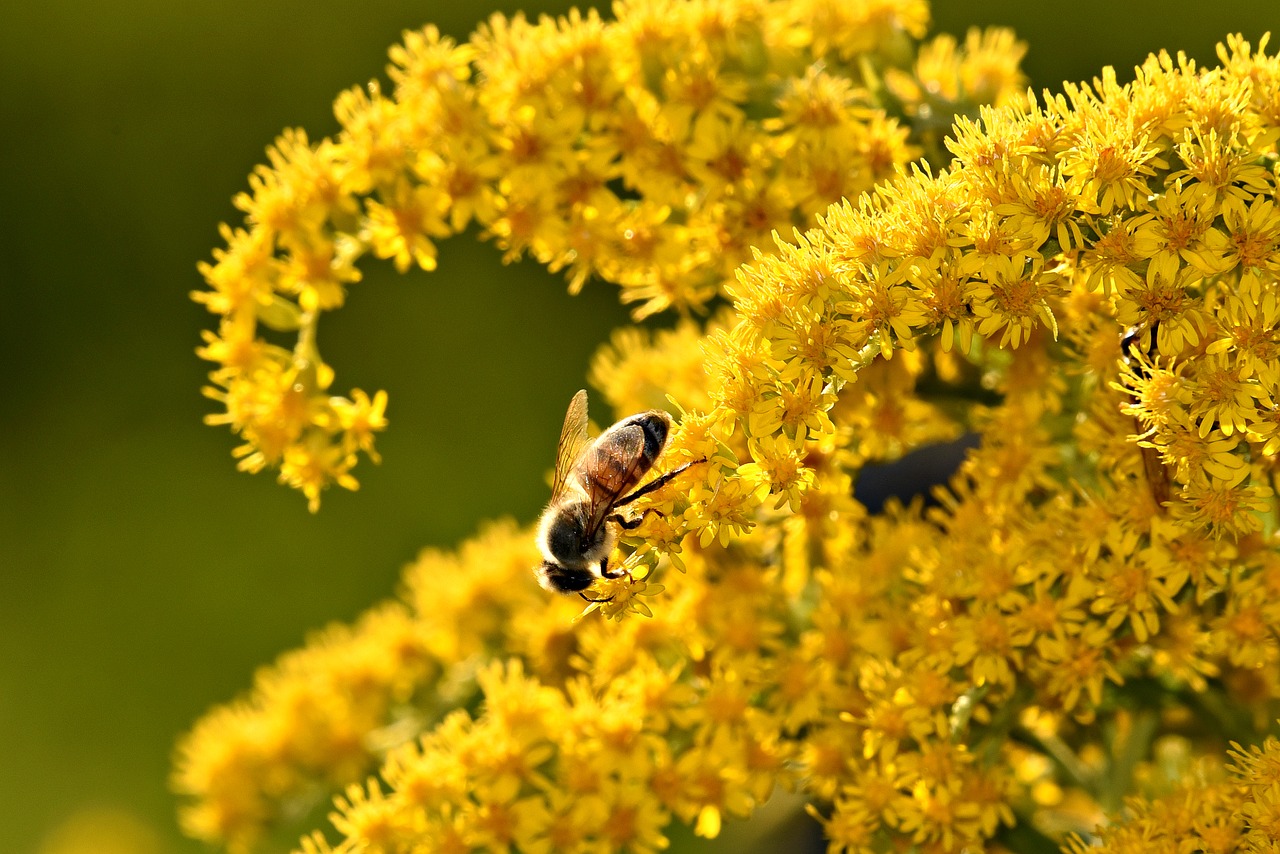Epigenetics: Fascinating but under appreciated sources and effects (original article)
/Biological Invasion: The Influence of the Hidden Side of the (Epi)Genome
Abstract
1.Understanding the mechanisms underlying biological invasions and rapid adaptation to global change remains a fundamental challenge, particularly in small populations lacking in genetic variation. Two under‐studied mechanisms that could facilitate adaptive evolution and adaptive plasticity are the increased genetic variation due to transposable elements, and associated or independent modification of gene expression through epigenetic changes.
2.Here we focus on the potential role of these genetic and non‐genetic mechanisms for facilitating invasion success. Because novel or stressful environments are known to induce both epigenetic changes and transposable element activity, these mechanisms may play an underappreciated role in generating phenotypic and genetic variation for selection to act on. We review how these mechanisms operate, the evidence for how they respond to novel or stressful environments, and how these mechanisms can contribute to the success of biological invasions by facilitating adaptive evolution and phenotypic plasticity.
3.Because genetic and phenotypic variations due to transposable elements and epigenetic changes are often well regulated or “hidden” in the native environment, the independent and combined contribution of these mechanisms may only become important when populations colonize novel environments. A focus on the mechanisms that generate and control the expression of this variation in new environments may provide insights into biological invasions that would otherwise not be obvious.
4.Global changes and human activities impact on ecosystems and allow new opportunities for biological invasions. Invasive species succeed by adapting rapidly to new environments. The degree to which rapid responses to environmental change could be mediated by the epigenome – the regulatory system that integrates how environmental and genomic variation jointly shape phenotypic variation ‐ requires greater attention if we want to understand the mechanisms by which populations successfully colonize and adapt to new environments.







